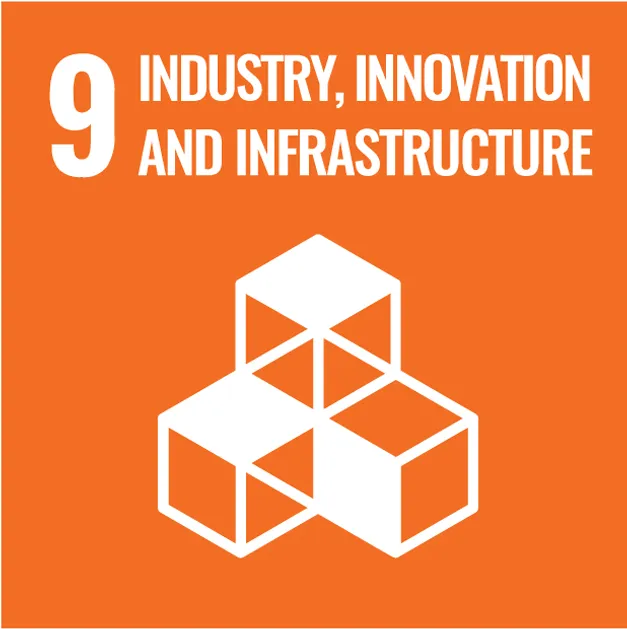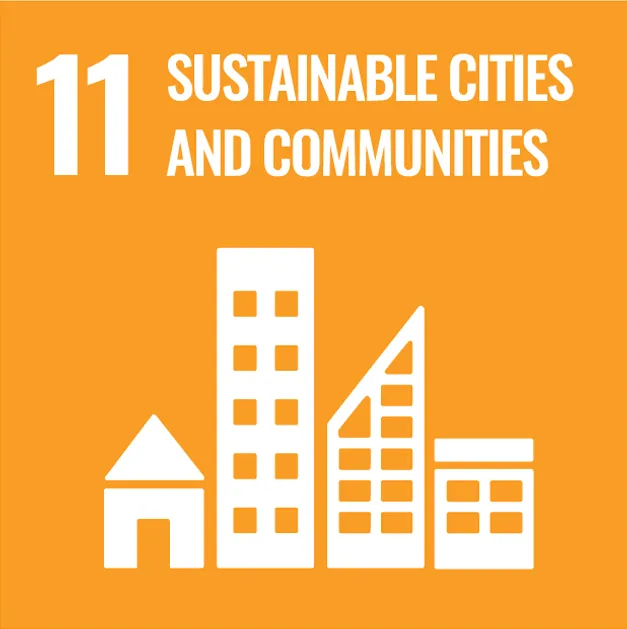Sustainable
Development Goals
We act responsibly according to the principles of sustainability!
As a company, we bear responsibility in many different areas. We always act in a goal-oriented and efficient manner and attach great importance to the three pillars of sustainability.
We want to promote ecological, social and economic sustainability on an equal footing and thus assume responsibility for the environment and future generations.

The principle of climate neutrality
Companies, processes and products are climate-neutral if their CO2 emissions have been calculated and offset by supporting internationally recognized climate protection projects. This offsetting of CO2 emissions is, in addition to avoidance and reduction, an important step in holistic climate protection. Greenhouse gases such as CO2 are distributed evenly in the atmosphere, so the concentration of greenhouse gases is roughly the same everywhere on earth. For the global greenhouse gas concentration and the greenhouse effect, it is therefore irrelevant where on earth emissions are caused or avoided. Emissions that cannot be avoided locally can therefore be offset by climate protection projects elsewhere. We as e.w.enture GmbH act to the best of our conscience and act consciously in terms of sustainability in order to meet the ever-increasing demands in event and trade fair construction. Step by step, we fill our commitment according to the scheme of the 17 UN goals and are always focused on implementing our projects with sustainable structures and solutions.


















Climate-neutral headquarters in Munich
Since December 2022 we have been 100% climate neutral in our headquarters including the production facility. This goal was implemented with the company ClimatePartner, a solution provider in holistic climate protection. Verified partners can use cloud-based software to calculate and reduce CO2 emissions and offset the remaining emissions. In this way, products and companies become climate-neutral, which the ClimatePartner label confirms.
Climate protection projects were supported in different regions and evaluated with different technologies and standards. The additional social effects of the projects are particularly important: The 17 goals for sustainable development of the United Nations, the SDGs, are the benchmark here.
Criteria for climate protection projects
All climate protection projects must meet four basic criteria in addition to emission savings: additionality, no double counting, durability and verification by independent third parties.
In order to prove compliance with the criteria, the projects are certified and checked according to strict criteria, for example according to the Gold Standard or the Verified Carbon Standard (VCS). This ensures and regularly confirms the climate protection effect of the projects. One of the most important requirements is that the projects are actually additional climate protection measures and that the contribution to reducing CO₂ in the atmosphere is clearly measurable. Projects must meet the following criteria in order to be recognized as climate protection projects:
Additionality
It must be ensured that a project is only implemented because it receives additional financing through emissions trading. The project must therefore be dependent on proceeds from emissions trading to cover the financing requirement and be able to prove this requirement. Projects that are economical anyway and would also be realized without this revenue do not meet the criterion and cannot be used for the compensation of It must be ensured that a project is only implemented because it receives additional financing through emissions trading. The project must therefore be dependent on proceeds from emissions trading to cover the financing requirement and be able to prove this requirement. Projects that are economical anyway and would also be realized without this revenue do not meet the criterion and cannot be used to offset CO2 emissions.
Exclusion of double counting
The project developer must ensure that the CO2 savings are not offset elsewhere. For example, a solar system whose electricity is marketed as green electricity cannot be used as a climate protection project because the positive climate effect is already attributed to the electricity.
In the process of climate neutrality, it must be guaranteed that the CO₂ emissions saved are only used once to offset CO₂ emissions and the corresponding certificates are decommissioned.
Durability
Regular review by independent third parties
Climate protection projects must be checked by independent third parties at regular intervals for all the criteria mentioned. They monitor compliance with the respective standards and retrospectively determine the actual amount of CO₂ saved. Progress reports are therefore regularly prepared for the projects.
